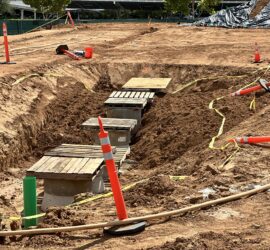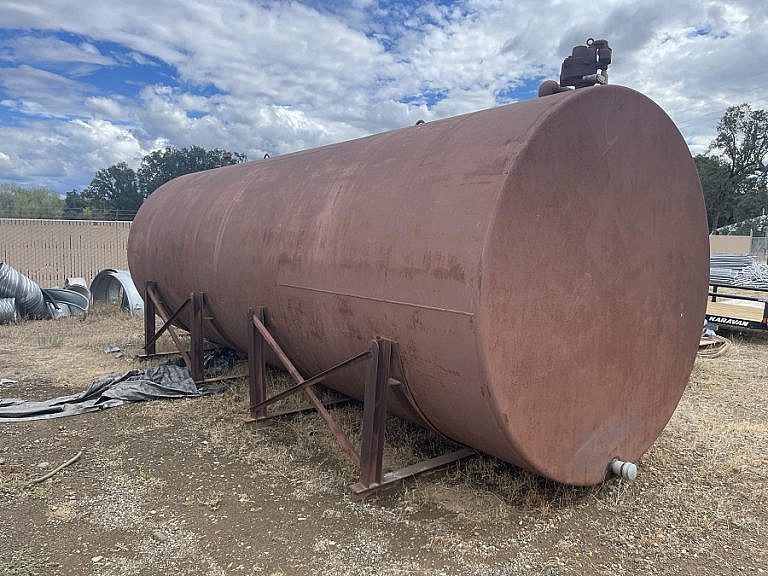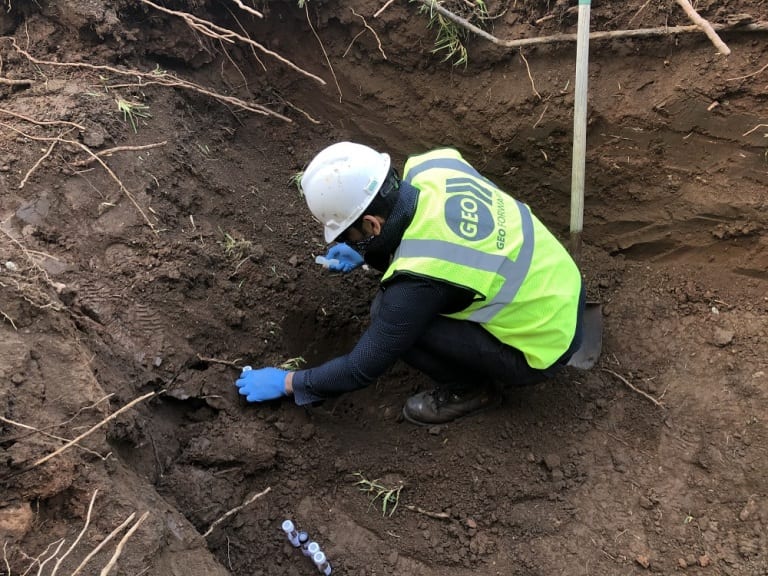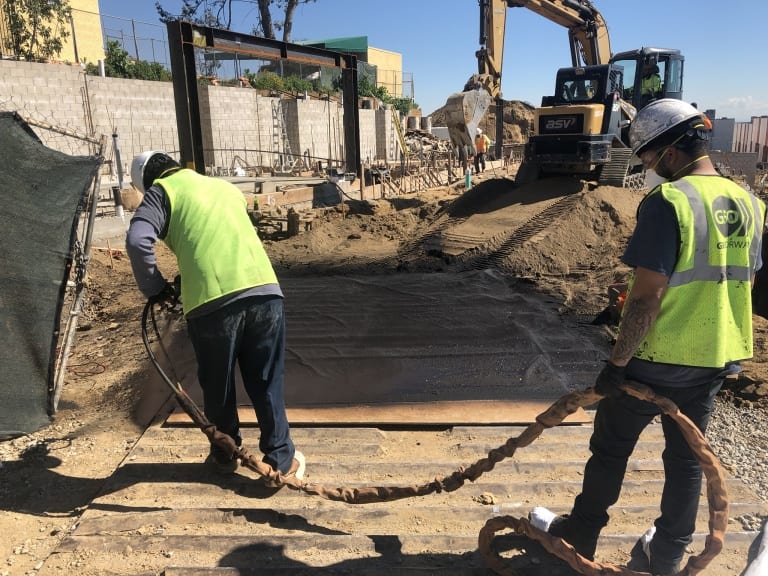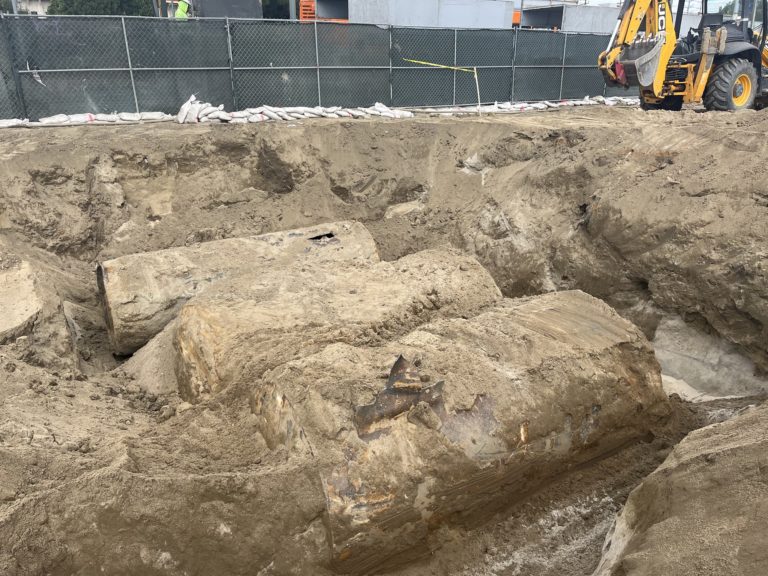Historical Recognized Environmental Condition (HREC)
The term Historical Recognized Environmental Condition (HREC) refers to a past release that doesn’t pose a present land-use restriction, nor does it warrant recommendations for clean-up. The HREC is one of the various conditions of a Phase 1 Environmental Site Assessment. The definition derives from publications by the American Society of Testing and Materials, E1527 standard. Furthermore, an update to the HREC definition in 2013 clarifies a set of specific requirements for on-site conditions to qualify. Updated April 9, 2024.
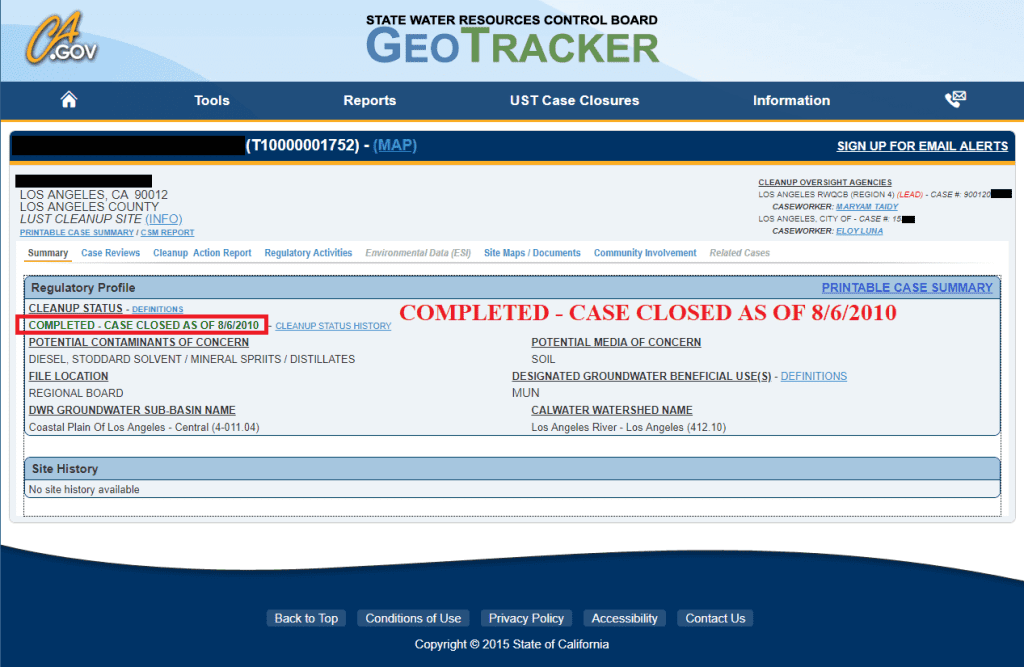
ASTM Definition
Per the ASTM Standard, a Historical Recognized Environmental Condition (HREC) is defined as:
Historical Recognized Environmental Condition (HREC): an environmental condition which would have been considered a REC in the past, but is no longer an REC based on other environmental assessments, government evaluations and/or regulatory agency closures.
Past Environmental Spills
Past environmental spills or releases that presently do not have land-use restrictions or other controls following remediation or risk-base cleanup, are “Historical Recognized Environmental Conditions.” For short, the acronym HREC applies. The 2013 ASTM update intends to clarify and set specific requirements for historical conditions. And according to the ASTM definition, an HREC is:
“A past release of any hazardous substances or petroleum products that has occurred in connection with the property. And this addresses to the satisfaction of the applicable regulatory authority or meeting unrestricted use criteria established by a regulatory authority, without subjecting the property to any required controls. For example; property use restrictions, activity use limitations (AULs), institutional controls, or engineering controls. Before calling a past release an HREC, the Environmental Professional (EP) must determine whether the past release is an REC. This occurs at the time the Phase I ESA. For instance; this can apply if there has been a change in regulatory criteria.”
Definition Specifics
Per the definition, a past release must either:
- (1) Already undergo remediation or assessment using risk-based standards. And subsequently, show issuance of a grant for “no further action” (for instance, a NFA letter) by the applicable regulatory agency. or
- (2) Already undergo proper assessment and be proven to meet the criteria for use without restriction, that is set by the applicable regulatory authorities, to be an HREC. Not all Historical Recognized Environmental Condition items require an environmental cleanup case that has a grant for closure. In fact, if a private assessment that meets all appropriate inquiries and present requirements for a property shows that a past release does not inhibit land use, exceed action levels or maximum contaminant levels and that the concentrations remaining at the property do not warrant an environmental case, the past release may still qualify as an HREC. Regardless of regulatory oversight, all data in association with the past release, and all available documentation, available laboratory reports, and investigation reports, as well as applicable regulatory correspondence, are a requirement in order to confirm that the previous release has properly undergone an assessment.
Old Phase 1 Environmental Site Assessments
Prior releases may have met applicable standards in the past and identified as HRECs in a previous Phase I Environmental Site Assessment, but this does not mean that they meet the HREC requirements indefinitely. Due to ongoing research, emerging contaminant studies, updated human health criteria, changing laws, and other factors, past “acceptable” levels of contaminants, may become more stringent, thus rendering the previous NFAs and recommendations for no further investigation meaningless. This is frequently a point of contention and misunderstanding during the Phase I ESA process, and misidentifying a “Recognized Environmental Condition” (REC) as an HREC can be a costly mistake. Therefore, it is important that an experienced Environmental Professional conduct the Phase I ESA and evaluate whether the historical cleanup standards match the present requirements.
Past HREC to Current REC
A past Historical Recognized Environmental Condition can change to a present REC (that requires further investigation). For instance, this can occur when:
- Regulatory standards undergo revision and the previous release no longer meets qualifications for risk-base closure or “no further action.”
- A previous environmental assessment does not consider soil vapor and current ASTM and regulatory standards. In such a case, there may be a requirement for additional vapor testing to achieve case closure.
- A review of previous environmental reports reveals that the previous assessment is inadequate or incorrect.
In each of these cases, new information or changing standards would require additional investigation. If an environmental professional determines that a REC exists in association with the past release, the HREC does not exist for the same release and should not be discussed as such in the current Phase I ESA.
The Only True HREC
In actuality, the only true “HREC” is one where all concentrations have undergone remediation to the point of “non-detect” levels. In the same way, this observation is from prior to regulatory closure and “no further action” status. Many regulatory agencies include a statement in environmental case closure letters that leaves an open end to the case in that they reserve the right to reopen the investigation. This pertains to circumstances where standards change, or other information comes to light.
Instances
For instance, an adjacent property discovers a contamination plume. Or that plume travels from the subject property into another. Moreover, different risk standards across lenders, landowners, and other interested parties may result in a Phase I ESA where the only acceptable HREC is the “non-detect” HREC. And in such a case, all other former release cases are a “Controlled Recognized Environmental Condition” (CREC) This is despite regulatory closure, using the logic that the risk-base closure is in “control.”
HREC is not Forever
Overall, it is most important to realize that in most cases, an HREC is not forever. This depends on future plans for a property and other factors, such as:
- A thorough analysis of the risk by an environmental professional.
- A complete documentation of the reasoning behind an HREC identification. This is necessary in order to protect a landowner under the Comprehensive Environmental Response, Compensation, and Liability Act (CERCLA) “Innocent Landowner” defense. This also helps meet the requirements of the Environmental Protection Agency’s “All Appropriate Inquiries” requirement.
Avoiding mistakes in the identification of a past spill or release (as the lower-risk HREC) is integral to the proper completion of a Phase I ESA for properties of historical environmental concern.





